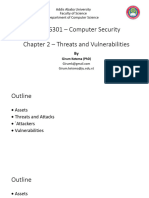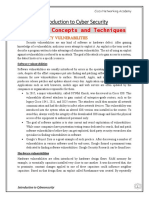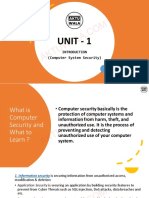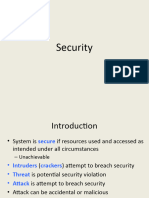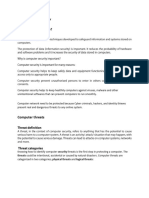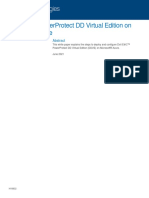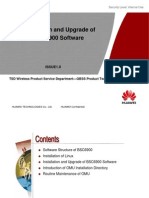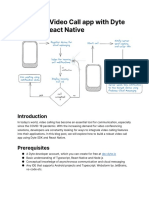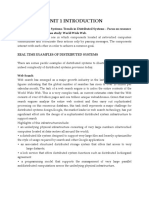0% found this document useful (0 votes)
12 views5 pagesProtection and Security
The document outlines a four-layered model of security, emphasizing the importance of physical, network, operating system, and application security measures. It discusses various program threats, including malware, code injection, viruses, and denial-of-service attacks, highlighting the vulnerabilities that arise when systems are networked. Additionally, it introduces cryptography as a critical tool for securing communications and ensuring the integrity of data in a networked environment.
Uploaded by
dakshjkhadalpur177Copyright
© © All Rights Reserved
We take content rights seriously. If you suspect this is your content, claim it here.
Available Formats
Download as PDF, TXT or read online on Scribd
0% found this document useful (0 votes)
12 views5 pagesProtection and Security
The document outlines a four-layered model of security, emphasizing the importance of physical, network, operating system, and application security measures. It discusses various program threats, including malware, code injection, viruses, and denial-of-service attacks, highlighting the vulnerabilities that arise when systems are networked. Additionally, it introduces cryptography as a critical tool for securing communications and ensuring the integrity of data in a networked environment.
Uploaded by
dakshjkhadalpur177Copyright
© © All Rights Reserved
We take content rights seriously. If you suspect this is your content, claim it here.
Available Formats
Download as PDF, TXT or read online on Scribd
/ 5














